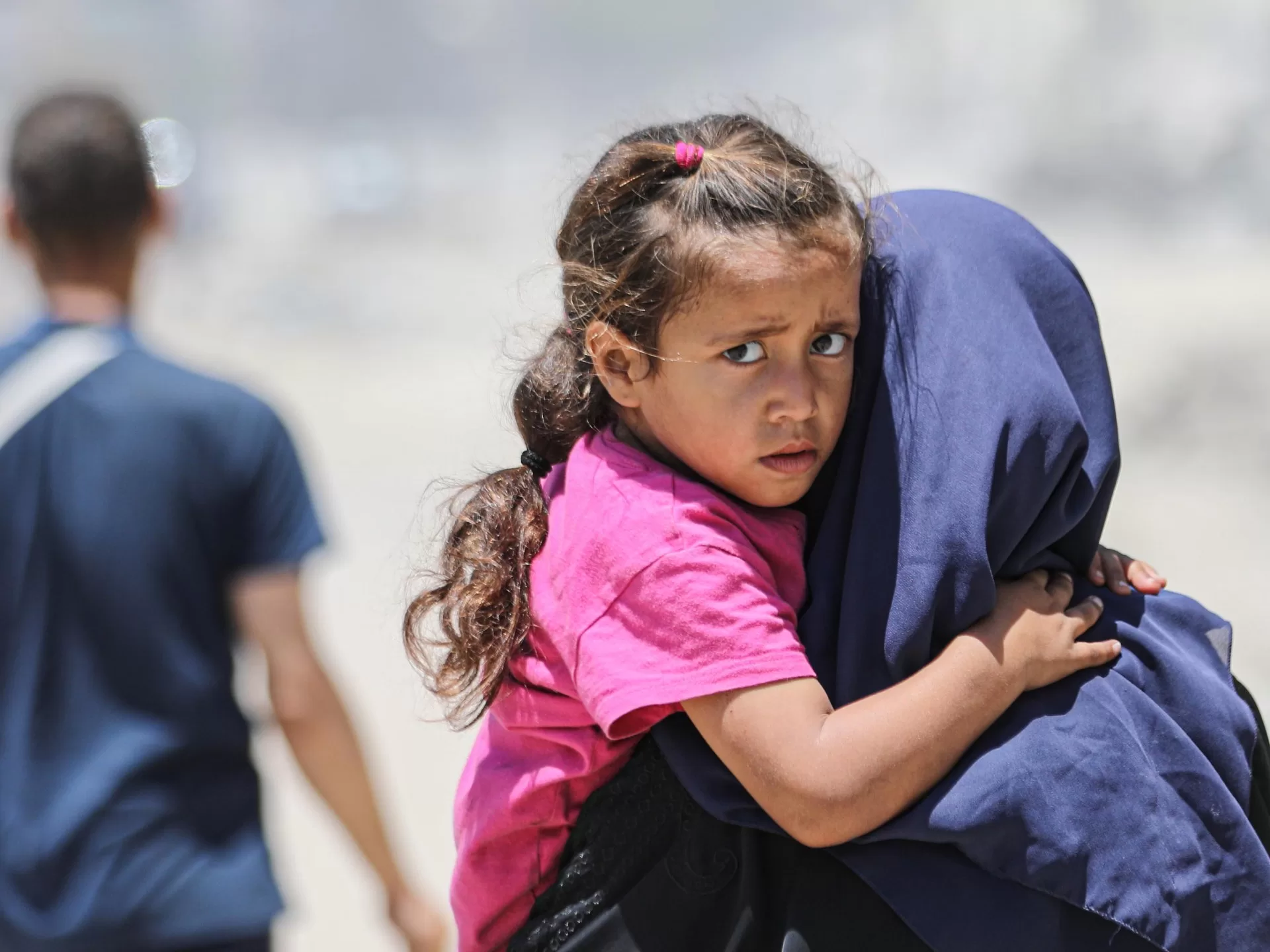The first ever Global Ministerial Conference on Ending Violence Against Children, which will convene in Bogota, Colombia, this week, is an unmissable opportunity for governments to invest in our collective future.
Every day, many millions of children around the world experience violence in their homes and communities, schools and conflict-affected areas. It doesn’t have to be this way. Every child has the right to live in a world where they are respected, protected and safe, and it is our responsibility to make this a reality.
As co-hosts of the first ever Global Ministerial Conference on Ending Violence Against Children, we’re urging leaders to imagine, and then act, with the confidence that achieving this Sustainable Development Goal is not just aspirational but also attainable.
Through Agenda 2030, leaders committed to creating a world in which every child grows up free from violence. In line with the United Nations Convention on the Rights of the Child, governments set the first global targets for ending all forms of violence against children. Unless we rapidly accelerate progress, we will fail to reach these targets, and we will fail the world’s children.
Each year, more than half the world’s children are victims of violence – more than a billion boys and girls – a statistic that signifies our collective failure to protect our most vulnerable citizens. This violence manifests itself in many forms. A hard slap in the face at home or at school. A lethal weapon on the streets. Abuse from a relative in the circle of trust. A barrage of bullets and bombs from war. A cycle of neglect. An onslaught of online abuse.
The consequences last for lifetimes and span generations. There is a dramatic correlation between the experience of violence in childhood and a heightened risk of mental illness, diseases and social problems. Children affected by violence at home are much more vulnerable to almost every other form of violence and exploitation, including online.
It is crucial to recognise that the violence affecting a billion children today will undermine the health, prosperity and stability of our societies tomorrow. This violence incurs catastrophic social and economic costs, eroding every investment made in children’s education, mental health and physical wellbeing.
There is no path to achieving the Sustainable Development Goals without significantly reducing the violence experienced by more than one in two children each year.
The good news is that we know what works. We are the first generation to understand the solutions for preventing violence against children, and we have a responsibility to act – from promoting positive parenting and breaking the cycle of family violence, to ensuring safe learning environments in schools and equipping front-line workers to protect children in high-risk situations. In our increasingly online world, protection can be provided from the outset, and by design. A blueprint of cost-effective solutions exists for every government to tailor to its national context.
This matters because when proven strategies are effectively applied, they work. Countries across all regions and income levels have achieved significant and sustained reductions in violence – up to 50 percent in the short to medium term. Longer term prevention is more effective, and cost-efficient, than addressing the aftermath of trauma.
However, the opportunity – and responsibility – to keep every child safe remains unrealised. Progress has been inconsistent, and the political response has not matched the scale of the challenge.
An opportunity for transformative change is on the horizon. This week, the governments of Colombia and Sweden in partnership with the World Health Organization, UNICEF and the special representative of the UN secretary-general on violence against children will host the first Global Ministerial Conference on Ending Violence Against Children, in Bogota, Colombia. This historic event will gather more than 130 governments, 90 ministers, and child, youth, survivor, academic and philanthropic allies to drive a transformative shift.
Now is the time for decisive action to deliver breakthroughs for the billion children affected by violence each year. We must prioritise funding and implementing evidence-based solutions. We must ensure children are safe and seen in their homes, communities, schools and online and commit to seeing that every child victim of violence can access the support services they need.
We face a choice. As Nelson Mandela stated at the launch of the first report on violence against children 20 years ago: “Safety and security don’t just happen; they are the result of collective consensus and investment.”
In many respects, the decision is the easiest one to make – to ensure every child is protected, to invest in our future. But it requires leadership – courageous action commensurate with the scale of the challenge. This week’s conference is the moment for every government to affirm that protecting children from violence is their priority.
The views expressed in this article are the authors’ own and do not necessarily reflect Al Jazeera’s editorial stance.
